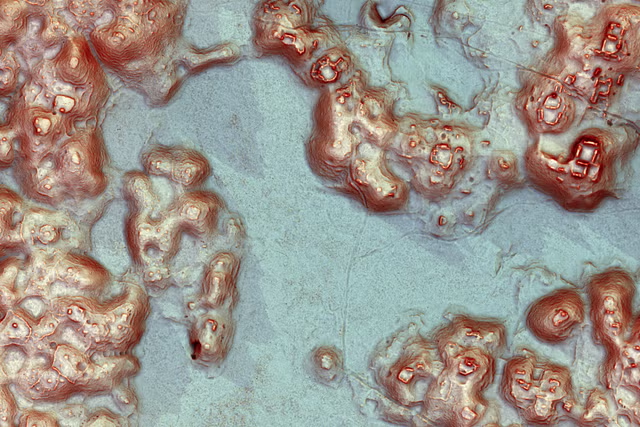Chemicals released from wildfires may latch on to our DNA and increase our risk of cancer, new research warns. These chemicals appear to evade our body's built-in DNA repair mechanisms, making it harder for our cells to undo the damage they cause.
When wood and other carbon-based materials are burned, they produce smoke that contains a class of chemicals called polycyclic aromatic hydrocarbons, or PAHs. These chemicals can enter our body through our mouths, our noses and through our skin, and we encounter them on a near-daily basis through vehicle exhaust and industrial emissions. However, during forest fires the concentration of these chemicals in the air goes through the roof.
There are lots of different types of PAHs, many of which have been classed by the International Agency for Research on Cancer as possible or probable carcinogens (chemicals that cause cancer in humans). Only one—benzo[a]pyrene or B[a]P—has been officially classified as a known carcinogen. However, new research from the University of California, Los Angeles, has revealed that several other PAHs may also present a serious risk for cancer.
The research team, led by Derek Urwin, used computer simulations to determine how 15 common PAHs interact with our DNA. Specifically, they were looking at one mutational hotspot in our DNA that has been linked to roughly one-third of all human cancer cases.
Six of the tested PAHs showed stronger binding with this hotspot in these computer simulations than B[a]P, the known carcinogen. What's more, according to these models, these chemicals are really good at hiding from our body's natural DNA repair mechanisms.
Not only do these findings highlight the need for further research into the cancer-causing potential of these chemicals, but the team hopes that its modeling technique could be used to explore how other potentially hazardous chemicals interact with our DNA to determine which ones pose the biggest threats to human health.
"We hope that our strategy can speed up the process of studying these chemicals," Urwin said in a statement. "Instead of casting a wide net, this could show exactly where we ought to start the process. Efficient, effective, accurate computational studies can even enhance or accelerate the process of developing policy that improves public and occupational health."
Urwin, a veteran Los Angeles County firefighter, also serves as chief science adviser to the International Association of Fire Fighters and was recently appointed to the California Occupational Safety and Health Standards Board.
"My fellow firefighters have historically been underserved by the scientific community, not out of disdain, but rather because it's complicated to conduct research in the midst of emergency service operations," Urwin said.
"Having my feet in both arenas, I want to bring access to scientists, so their research can create a positive impact on health in the fire service community. Science is supposed to make the world better for people, whether it's firefighters or anyone else," he said.
Is there a health problem that's worrying you? Let us know via health@newsweek.com. We can ask experts for advice and your story could be featured in Newsweek.
Reference
Urwin, D. J., Tran, E., & Alexandrova, A. N. (2024). Relative genotoxicity of polycyclic aromatic hydrocarbons inferred from free energy perturbation approaches. Proceedings of the National Academy of Sciences, 121(37). https://doi.org/10.1073/pnas.2322155121
Disclaimer: The copyright of this article belongs to the original author. Reposting this article is solely for the purpose of information dissemination and does not constitute any investment advice. If there is any infringement, please contact us immediately. We will make corrections or deletions as necessary. Thank you.



